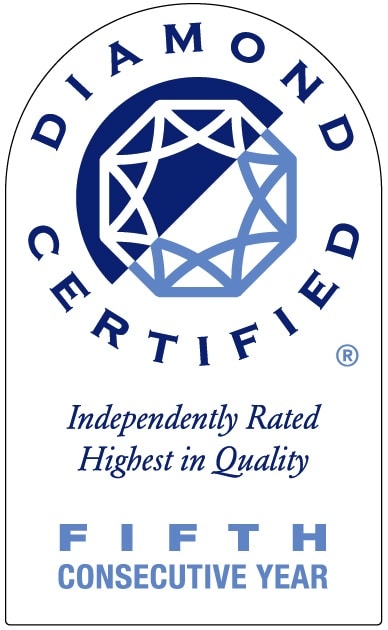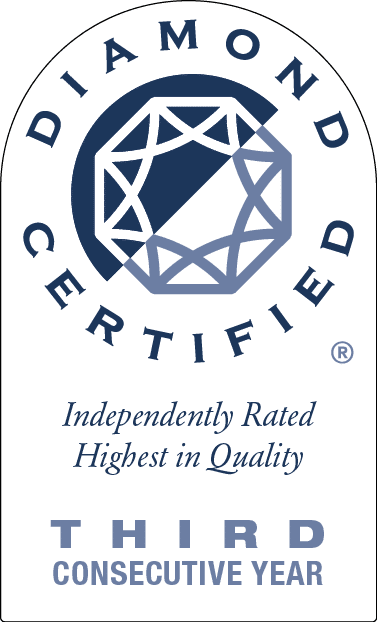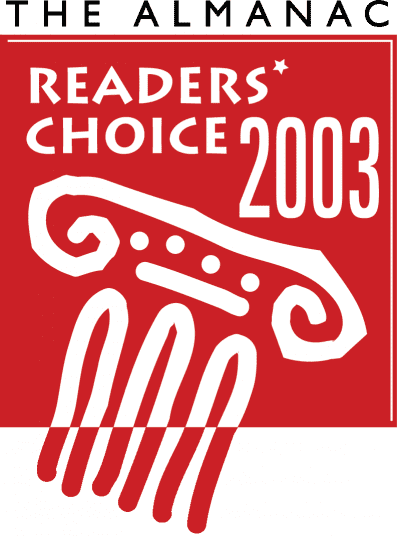How to Keep Your Home Safe From Viruses and Germs
ENJOY YOUR OUTDOOR SPACES
Tuesday, May 12, 2020 9:21 AM Viruses and germs, keep your home safe, cleaning, disinfecting, pandemic

In the past two months, the COVID-19 pandemic has cautioned that being “safer at home” is the best practice to prevent the spread of the virus. Despite your best efforts, infectious viruses, germs, and bacteria can still find their way into your home.
Dealing with the coronavirus – or any virus – can be tricky. The best way, as we’ve all been told since we were kids, is to wash your hands often. However, there are ways to make it difficult for the virus to make its way into your home.
But before you start to panic clean, it’s important to know the difference between cleaning and disinfecting:
- Cleaning is the removal of germs, dirt, grease, and other contaminants from surfaces. While it doesn’t kill germs and viruses, removing them lowers the risk of spreading infection.
- Disinfecting is killing germs on surfaces with the use of chemicals, such as EPA (Environmental Protection Agency)-registered disinfectants. By killing germs on surfaces after the initial cleaning, it can reduce the risk of spreading infection. Disinfecting, however, does not remove the dirt or germs.
Now you’re ready to get your home virus- and germ-free. Here are strategies to minimize the risk of infection:
Cleaning
- Always wear disposable gloves while cleaning (and disinfecting).
- Use soap and water to clean surfaces, followed by a disinfectant.
- Make a habit to regularly clean (and disinfect) high-touch surfaces including countertops, doorknobs, light switches, cellphones, faucets, and toilet flush handles. Some bacteria or viruses can live on surfaces for several hours.
Disinfecting
- Use EPA-registered disinfectants. These products (i.e. sprays, wipes, concentrates) will list “disinfectant” on the label as well as an EPA registration number. This information is required to meet government standards for effectiveness and safety.
- Read and follow the directions on the label for maximum effectiveness. Most products need to remain on the surface for a period of time for the chemicals to take full effect before it dries or can be wiped off. Labels may also recommend safety precautions, such as wearing gloves and having good ventilation while using the product.
- Another disinfecting option is diluted bleach. Check the label to make sure that the product is not expired and it is intended for disinfection. To make a bleach solution combine ⅓ cup of bleach per one gallon of cool water. The solution should be left on surfaces for at least one minute and will be effective at killing germs and viruses for up to 24 hours. Do not mix bleach with ammonia or other cleansers, as mixing cleaners will not boost effectiveness.
- After disinfecting, rinse any food prep surfaces (i.e. countertops, cutting boards) with water prior to using them.
Soft surfaces (carpeting, furniture, window coverings)
- Launder the items if possible. Read the manufacturer’s labels to avoid damage. Wash in the warmest appropriate water setting and allow items to completely dry.
- Use soap and water or appropriate cleaners followed by a disinfectant.
Laundry (clothing, linens, towels)
- Follow the manufacturer’s labels to avoid damage.
- Use detergent and bleach for white loads, detergent and color-safe bleach for colors to kill germs. Wash in the warmest appropriate water setting and allow items to completely dry.
- If your washing machine has a sanitize or steam setting, use it to boost the germ-killing effect. Using your dryer’s hot cycle for 45 minutes is also effective.
- Clean and disinfection all hampers and laundry baskets as appropriate.
Electronics
- Consider investing in wipeable covers on your electronics including cell phones, tablets, remote controls, and keyboards.
- Follow the manufacturer’s instructions for cleaning and disinfecting, or use an alcohol-based wipe or spray consisting of at least 70% alcohol.
Clean your hands
- Wash your hands often with soap and warm water for at least 20 seconds. If you are in contact with someone who is sick or have just finished cleaning and disinfecting your home, wash your hands immediately.
- Always wash your hands after using the bathroom, coughing or sneezing, and petting an animal. Hands should be washed prior to preparing or eating food.
- Use hand sanitizer if soap and water are not readily available. To be effective, the hand sanitizer should contain at least 60% alcohol.
- Limit touching your face, especially if your hands are dirty.
At Stanford Painting you can expect professionalism, quality work, exceptional customer service, and a focus on safety with every project. To reflect our ever-changing reality due to COVID-19, we have updated our policies and procedures to maintain the safest environments for our crew members and clients.
As a thank you for your continued support, we are offering 10-30% off all painting projects throughout the summer! Call us at 650-321-9302 or visit our website for details. Like us on Facebook for home and décor tips!
Sources
https://www.cdc.gov/coronavirus/2019-ncov/prevent-getting-sick/cleaning-disinfection.html
https://www.wsj.com/articles/how-to-keep-your-home-free-of-coronavirus-germs-11583867479
https://www.thisoldhouse.com/green-home/21017519/how-to-flu-proof-your-home
https://www.nhs.uk/live-well/healthy-body/how-to-prevent-germs-from-spreading











